Increased Awareness and Education
Increased awareness and education regarding Dry Age-Related Macular Degeneration are pivotal in shaping the Dry Age-Related Macular Degeneration Market. Public health campaigns and educational initiatives have been instrumental in informing individuals about the risk factors and symptoms associated with AMD. As awareness grows, more individuals are likely to seek early diagnosis and treatment, which can lead to better management of the disease. This heightened awareness is expected to drive demand for screening and therapeutic options, thereby fostering growth within the market. Additionally, healthcare providers are increasingly emphasizing the importance of regular eye examinations, further contributing to the expansion of the Dry Age-Related Macular Degeneration Market.
Government Initiatives and Funding
Government initiatives and funding aimed at addressing eye health are vital drivers for the Dry Age-Related Macular Degeneration Market. Various health organizations and governmental bodies are increasingly recognizing the burden of AMD on public health. As a result, they are allocating resources to support research, awareness campaigns, and access to treatment. For instance, funding for clinical trials and public health initiatives can significantly enhance the understanding and management of AMD. Such support not only fosters innovation but also encourages collaboration among stakeholders, including researchers, healthcare providers, and patients. This collaborative approach is likely to stimulate growth and development within the Dry Age-Related Macular Degeneration Market.
Advancements in Research and Development
Ongoing advancements in research and development are crucial for the Dry Age-Related Macular Degeneration Market. Innovative therapies, including gene therapy and stem cell treatments, are being explored to address the underlying causes of AMD. The market has witnessed a surge in clinical trials aimed at evaluating the efficacy of new treatment modalities. For instance, recent studies have indicated that certain pharmacological agents may slow the progression of dry AMD, enhancing the quality of life for patients. The commitment of pharmaceutical companies to invest in R&D is likely to yield novel solutions, thereby expanding the treatment landscape and driving market growth in the Dry Age-Related Macular Degeneration Market.
Technological Innovations in Treatment Delivery
Technological innovations in treatment delivery are transforming the Dry Age-Related Macular Degeneration Market. The integration of telemedicine and digital health solutions is enhancing patient access to care and facilitating remote monitoring of AMD. These advancements allow for timely interventions and personalized treatment plans, which are essential for managing the disease effectively. Moreover, the development of advanced imaging techniques, such as optical coherence tomography, enables healthcare professionals to diagnose and monitor AMD with greater precision. As technology continues to evolve, it is likely to play a significant role in improving patient outcomes and driving growth in the Dry Age-Related Macular Degeneration Market.
Rising Prevalence of Dry Age-Related Macular Degeneration
The increasing prevalence of Dry Age-Related Macular Degeneration (AMD) is a primary driver for the Dry Age-Related Macular Degeneration Market. As populations age, the incidence of AMD is expected to rise significantly. According to recent estimates, nearly 196 million individuals are projected to be affected by AMD by 2020, with numbers expected to reach 288 million by 2040. This growing patient population necessitates the development and availability of effective treatment options, thereby propelling market growth. Furthermore, the aging demographic is likely to increase the demand for healthcare services and interventions aimed at managing AMD, which in turn stimulates investment in research and development within the Dry Age-Related Macular Degeneration Market.
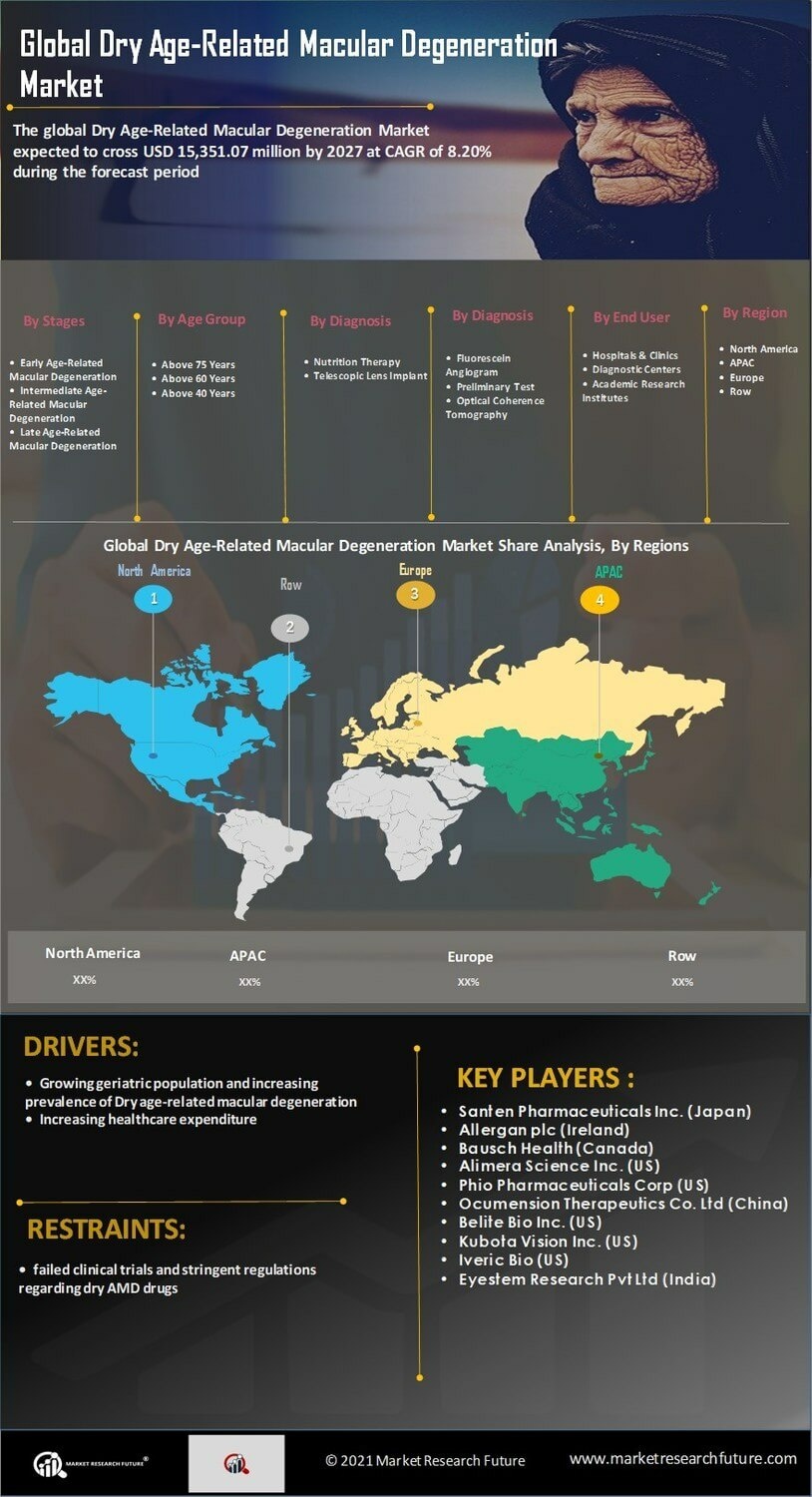

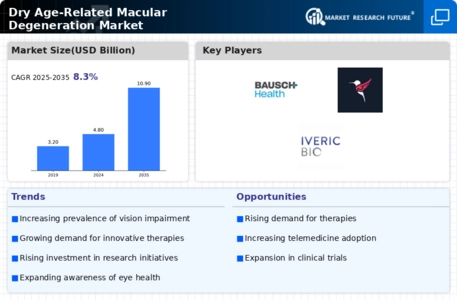
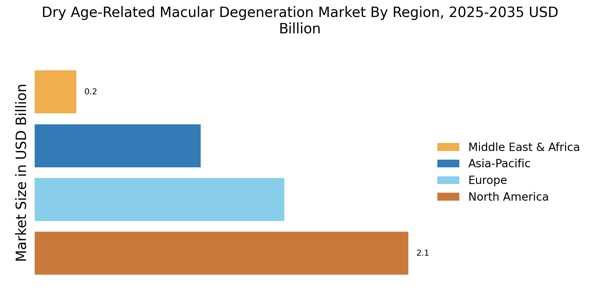
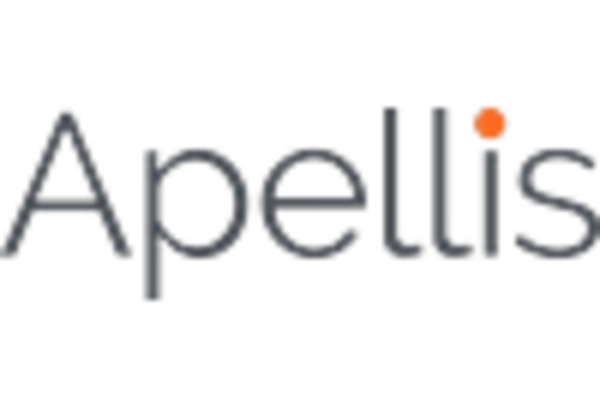

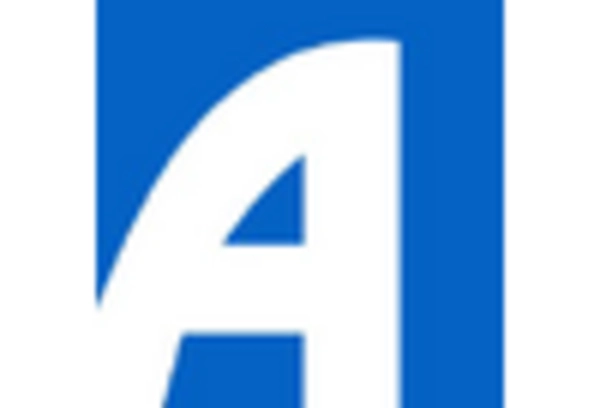

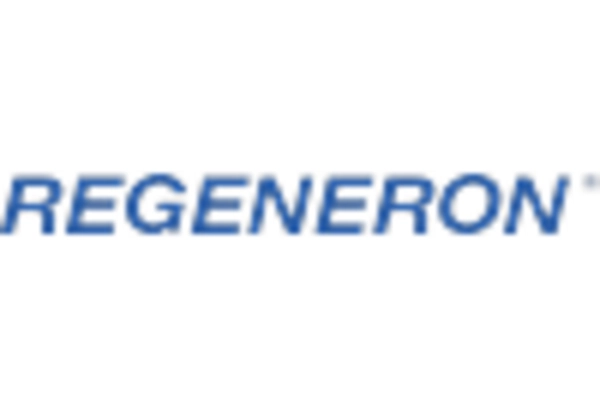
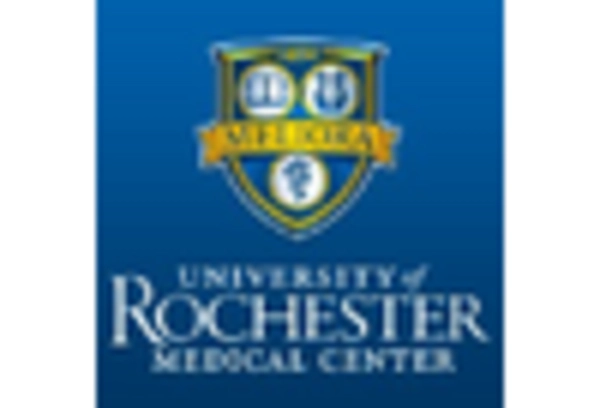








Leave a Comment